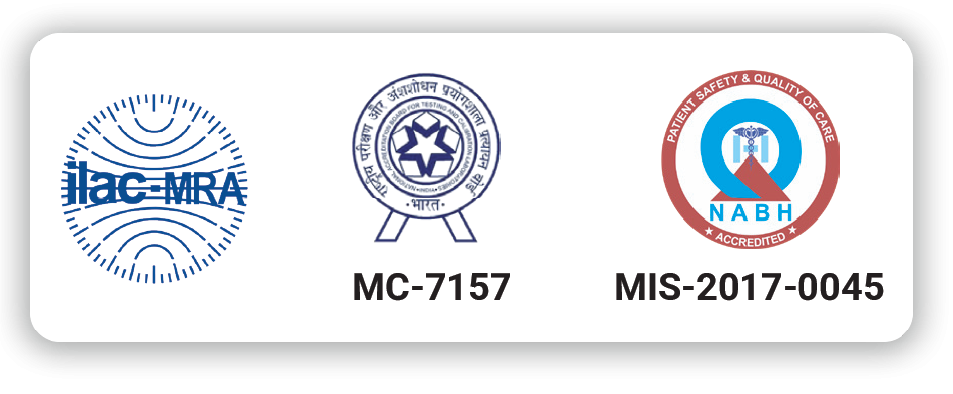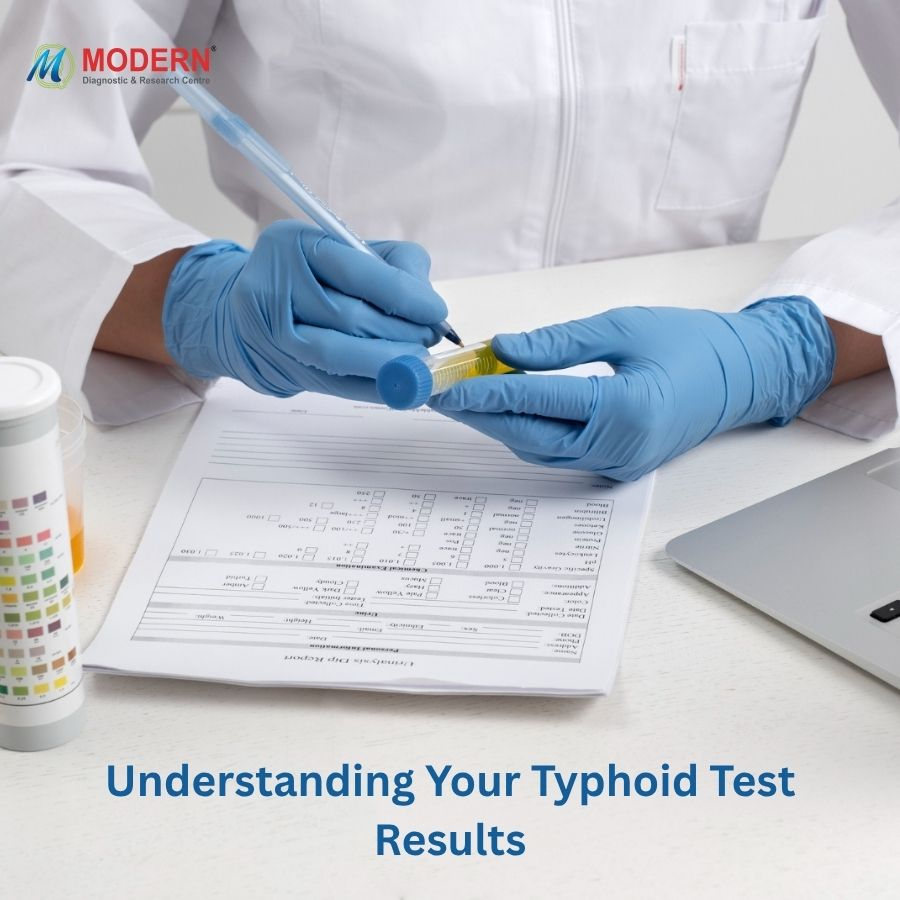In this modern era, there are plenty of diagnostic tests available for different conditions and disorders. One such test is called the BCR-ABL test, which measures a certain protein level in the blood. In this article, we will look into the BCR-ABL test, its procedure, signs, normal range, and the result.
What is a BCR-ABL test?
A BCR-ABL genetic test uses a blood sample or bone marrow to detect an abnormal gene called BCR-ABL. This abnormal gene is related to some kind of blood cancer. Usually, it is found in patients of chronic myeloid leukemia (CML, which is also called chronic granulocytic leukemia or chronic myeloid leukemia), acute lymphoblastic leukemia (ALL), and is rarely found in patients of acute myeloid leukemia. The test is not only used for diagnosis of disease but also used to monitor the disease during the treatment process and check for signs that disease is coming back after the completion of treatment.
The normal range and timing for a BCR-ABL test
A BCR-ABL test is usually performed as part of a complete blood count, but if your healthcare provider suspects or observes some abnormalities in your blood, he may order a BCR-ABL test to detect CML. The normal range for the BCR-ABL test is 0-0.1%. A test result above this range is concerning and may be an indication of certain types of blood cancer.
The BCR-ABL gene is a part of the human genome, but sometimes it can be mutated, which can lead to the development of certain blood diseases, like CML (chronic myeloid leukemia) and ALL (acute lymphoblastic leukemia). The exact normal range for BCR-ABL is still not well defined, needs more studies and it differs for different individuals. But a normal BCR-ABL gene should have less than 10% of its nucleotides changed from the wild-type sequence. There is no specific timeline for the BCR-ABL test; it depends on symptoms of CML. The test is also repeated during the treatment of CML to monitor the progress of the treatment.
Signs that you might need a BCR-ABL test -
Doctors usually suggest a BCR-ABL test if they suspect chronic myeloid leukemia (CML) or acute lymphoblastic leukemia (ALL). The following are the signs of these conditions -
Fever -
A fever reflects that your body is suffering from infection or illness. A fever is a common symptom of certain blood disorders, including leukemia.
Fatigue -
Fatigue is a common symptom of various diseases, such as anemia, infections, heart diseases, thyroid problems, diabetes, and sleep disorders, and incidentally a common sign of CML and ALL. If the person has fatigue along with other symptoms of CML or ALL, then your doctor may order a BCR-ABL test.
Joint pain -
Joint pain is a common symptom of many diseases, along with CML. The BCR-ABL test is a blood test that helps determine whether or not you are suffering from the disease.
Excessive sweating -
Excessive sweating, also known as hyperhidrosis, is a condition that causes social anxiety and trouble with the daily activities. The BCR-ABL test is an option that is used to diagnose hyperhidrosis associated with CML or ALL.
Procedure for a BCL-ABL test -
The BCR-ABL test is a blood test performed to detect the presence of the Philadelphia chromosome, which is also related to chronic myelogenous leukemia (CML). The BCR-ABL test is ordered if you have symptoms of CML, such as fatigue, weight loss, and joint pain. For the BCL-ABL test, blood is simply drawn from the veins and sent to the lab. The reports are usually out in the next few days.
Interpretation of the BCR-ABL report -
The BCR-ABL reports help determine the best and most effective treatment of CML. Once the treatment began, the result of the test can be interpreted in the following ways -
• If the BCR-ABL numbers are increasing, the treatment is ineffective.
• If the BCR-ABL numbers are decreasing, the treatment is showing positive signs.
• The third inference is that if the numbers remain unchanged, the disease is stable and requires more testing and a change in the treatment strategy.

















